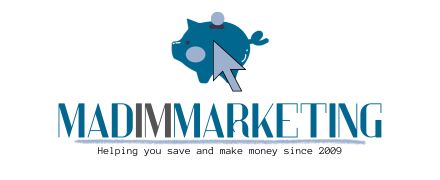It’s been a while since I’ve wrote anything here, mainly because I was busy with other projects, mostly buying websites. In the past I’ve pondered the idea of buying vs creating, and I’ve settled with creating at that particular moment. Things have changed, however, and as I’ve come up with a budget to buy, I began doing just that and I’ve been doing it for the past year or so.
In the process of buying several websites, I’ve had my share of ups and downs. Some purchases were duds, some were ok, and some were little gems. It has led to the process of how I evaluate sites to minimize the risk of buying a dud or being cheated. This process is very conservative as far as risk goes so I think it’s very well suited for beginner buyers.
I use Flippa because they have a pretty good process of verifying traffic and earnings of a site, albeit that is not infallible as well. For beginner purposes Flippa is alright.
So first, how do we find websites we could potentially buy? I would suggest making use of Flippa’s verification process and find the listings with verified Google Analytics and verified Adsense data (using the advanced search). That way we focus on sites that have Adsense income and rule out those that don’t, which narrows our choice greatly, but at the same time we minimize the risk of faked or inflated traffic/income as well. Again, we’re being conservative here.
You can also set the income or traffic criteria in your search results based on your budget. I would recommend avoiding sites with high traffic and low income, though, as they may require expensive hosting and may be harder to monetize.
When considering a particular listing, there are a few things to pay attention to. First of all, where does the traffic come from? For most sites the majority of traffic comes from Google. If that’s the case, you must make sure that the site is not penalized at the moment. The most obvious way is to check whether it ranks for its keywords. If for some reason you don’t know the keywords, you can check if it’s not penalized simply by Googling a long phrase from the site – it should come up as the first result (if it doesn’t come up, very likely it’s penalized).
Other things to check is to make sure there are no weird stats in verified Analytics reports (ask the seller for the reports if they aren’t uploaded to the listing, or even access to their Google Analytics account if possible), such as very low/high bounce rates, very long/short time spent on the site per visit, or unnatural/suspicious visitor language distribution.
Lastly, keep in mind that after buying the site and setting up your own Adsense ad on the site the income may vary, so don’t be surprised if it’s slightly lower than expected. Also keep in mind the traffic may be on a decline, which is often the case if a site needs updating. Hence, be conservative with your bidding too – don’t bid too high and expect your return on investment to take a while. As a rule I ideally look too pay 10x the monthly income of a site.
One more important element is the reputation of the seller. Buying from someone with a positive record sets your mind at ease as opposed to buying from a new seller and your chances are greater to get a good buy from an old seller. However, don’t let that be the deciding factor unless you want to be extremely cautious – a site that looks good may be a great catch even from a new seller.
There are other things to consider too, such as the quality of the site, the amount of original content, the age and income record, all these things reduce the risk and increase the price of a site.
And lastly, keep your gut feel in check, if something feels off it may actually be – watch out for any kind of red flags.

1 thought on “How to Buy Your First Website”